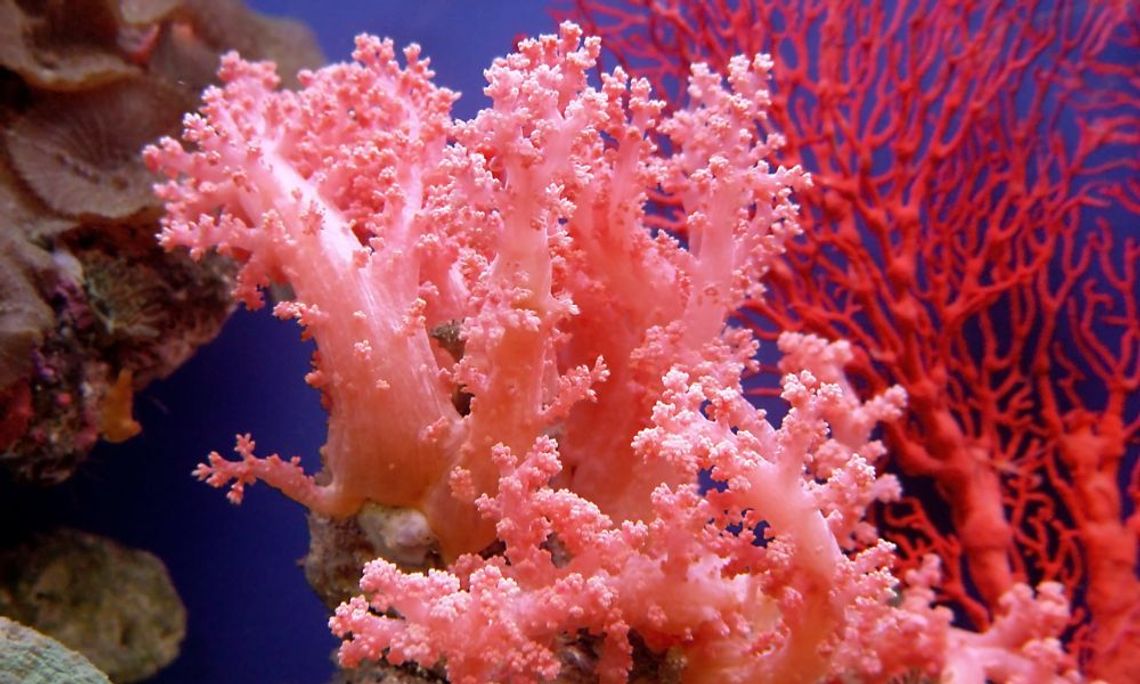Reef aquariums are some of the most coveted aquariums amongst hobbyists, as they are some of the most beautiful tanks out there. Because of how vibrant and diverse coral can be, a reef tank can look like an otherworldly paradise. However, experienced coral keepers know that coral can be very difficult to take care of—especially when caring for soft or hard corals—as they can be very picky about their environment. So, if you’re trying to decide which species to add to your tank, you need to start by understanding the differences between hard and soft corals.
What Is Soft Coral?
Soft corals can be identified by their wispy fingers and tendrils, often appearing as tree branches. As the name suggests, they’re soft on the outside, with almost wooden-like centers and an external fleshy rind. Due to their structure, they’re non-reef building, but their softness and hardiness makes them easy to frag (propagate) and care for. Popular and easy to care for soft corals are Pulsing Xenia, Mushroom Corals, and Sinularias.
What Is Hard Coral?
Hard corals, also known as stony corals, form skeletons made of calcium carbonate. Due to their sturdy structure, these corals build complex reef structures. Once a hard coral dies, new corals will cling to their body, forming the reef structure. These corals can be colonial or solitary. In order to grow strong and vibrant, these corals need a steady supply of calcium, making them tricky to care for. Despite their pickiness, and depending on your level of expertise, they can be some of the best corals to include in your reef tank.
What’s the Difference?
Generally, soft corals are the easiest to care for, as they’re less picky about their environment. Soft corals may still need calcium supplements, but less than hard corals. Additionally, hard corals can build reefs but are more difficult to frag. Even though soft corals may seem easier to care for, they cannot build reefs. They’re not for every tank, as some species are more aggressive and have sweeper tentacles that can harm other tank mates if not given enough space.
Now that you know the differences between hard and soft corals, you’re better equipped to build the perfect reef tank, no matter your level of coral care expertise.


Comment
Comments